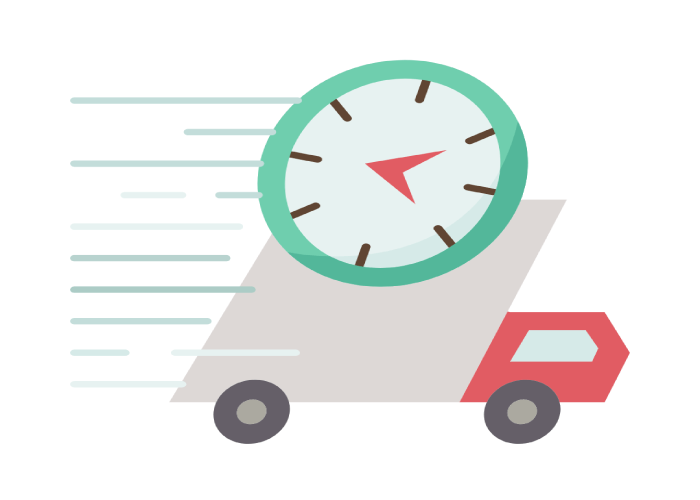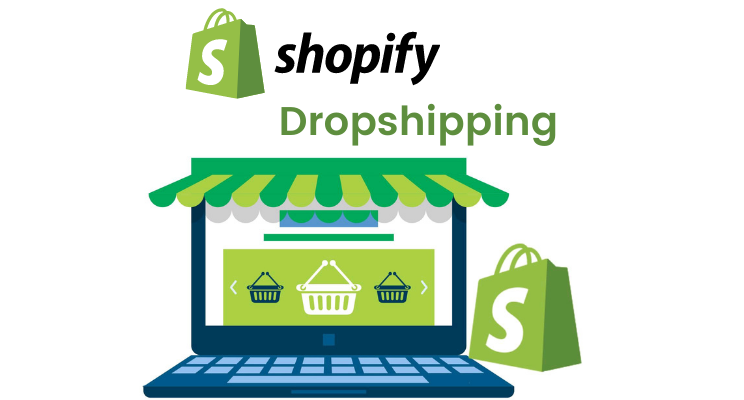Starting an online business can be daunting, especially when considering the logistics of inventory management, shipping, and storage. However, Shopify dropshipping offers a streamlined solution that eliminates these challenges, allowing entrepreneurs to focus on growing their business. This guide will walk you through everything you need to know about Shopify and dropshipping, from setting up your store to scaling your business for success.
What is Dropshipping?
Dropshipping is a retail fulfillment method where a store doesn't keep the products it sells in stock. Instead, when a store sells a product, it purchases the item from a third party and has it shipped directly to the customer. As a result, the seller doesn't have to handle the product directly. This model has several advantages:
Low startup costs: No need to invest in inventory upfront.
Reduced risk: Only purchase products after making a sale.
Flexibility: Easily add or remove products from your store.
Why Choose Shopify for Dropshipping?
Shopify is a leading ecommerce platform that simplifies the process of setting up and managing an online store. Here are some reasons why Shopify is ideal for dropshipping:
User-friendly interface: Easy to navigate and set up, even for beginners.
Extensive app ecosystem: Integrate with various dropshipping apps like DSers, Spocket, and Oberlo.
Customizable themes: Choose from a wide range of professional themes to match your brand.
Robust support: Access to 24/7 customer support and a wealth of resources.
Setting Up Your Shopify Dropshipping Store
1. Choose a Niche
Selecting a niche is crucial for the success of your dropshipping business. A niche is a specific segment of a larger market that shares certain preferences or interests. To choose a profitable niche:
Identify your interests: Start with what you are passionate about.
Conduct market research: Use tools like Google Trends to gauge consumer interest.
Analyze competitors: Look at what successful businesses in your niche are doing.
2. Create a Shopify Account
Setting up a Shopify account is straightforward:
Visit the Shopify website and click "Start free trial."
Fill in your email address, password, and store name.
Follow the setup wizard to complete your store setup.

3. Customize Your Store
Once your account is set up, customize your store to reflect your brand:
Choose a theme: Select a theme from the Shopify Theme Store.
Add a logo: Create a professional logo using tools like Canva.
Set up navigation: Organize your store's menu for easy navigation.
4. Install a Dropshipping App
Integrate a dropshipping app to source products and automate order fulfillment. Popular apps include:
DSers: Syncs with AliExpress for a wide range of products.
Spocket: Offers suppliers from the US, Europe, and other regions.
Zendrop: Features over a million products.
5. Import Products
Use your dropshipping app to import products to your store. Ensure that you:
Write compelling product descriptions: Highlight the benefits and features of each product.
Optimize product images: Use high-quality images to attract customers.
Set competitive prices: Research your competitors to set appropriate prices.
Marketing Your Shopify Dropshipping Store
1. Social Media Marketing
Leverage social media platforms to reach your target audience:
Create engaging content: Share posts, stories, and videos that resonate with your audience.
Run ads: Use Facebook and Instagram ads to drive traffic to your store.
Engage with followers: Respond to comments and messages to build a community.
2. Search Engine Optimization (SEO)
Optimize your store for search engines to increase organic traffic:
Use relevant keywords: Incorporate keywords naturally in your product titles, descriptions, and blog posts.
Create valuable content: Write blog posts that provide value to your audience and answer their questions.
Build backlinks: Get other websites to link to your store to improve your search engine ranking.
3. Email Marketing
Build an email list to nurture relationships with your customers:
Offer incentives: Provide discounts or free resources in exchange for email sign-ups.
Send regular newsletters: Keep your audience informed about new products, promotions, and updates.
Personalize emails: Use customer data to send personalized recommendations and offers.
Managing and Scaling Your Dropshipping Business
1. Monitor Performance
Use Shopify's analytics tools to track your store's performance:
Sales reports: Analyze your sales data to identify trends and opportunities.
Customer insights: Understand your customers' behavior and preferences.
Marketing reports: Evaluate the effectiveness of your marketing campaigns.
2. Enhance Customer Support
Provide excellent customer support to build trust and loyalty:
Use live chat: Implement a live chat feature to assist customers in real-time.
Respond promptly: Address customer inquiries and issues quickly.
Collect feedback: Use customer reviews and surveys to improve your products and services.
3. Automate Processes
Automate repetitive tasks to save time and increase efficiency:
Order fulfillment: Use your dropshipping app to automate order processing and shipping.
Inventory management: Keep track of stock levels and avoid overselling.
Marketing automation: Set up automated email campaigns and social media posts.
Conclusion
Starting a Shopify dropshipping business is an excellent way to enter the ecommerce world with minimal risk and investment. By following this guide, you can set up a successful store, market your products effectively, and scale your business for long-term success. Remember, the key to success in dropshipping is continuous learning and adaptation. Stay updated with the latest trends and strategies to keep your business thriving.



